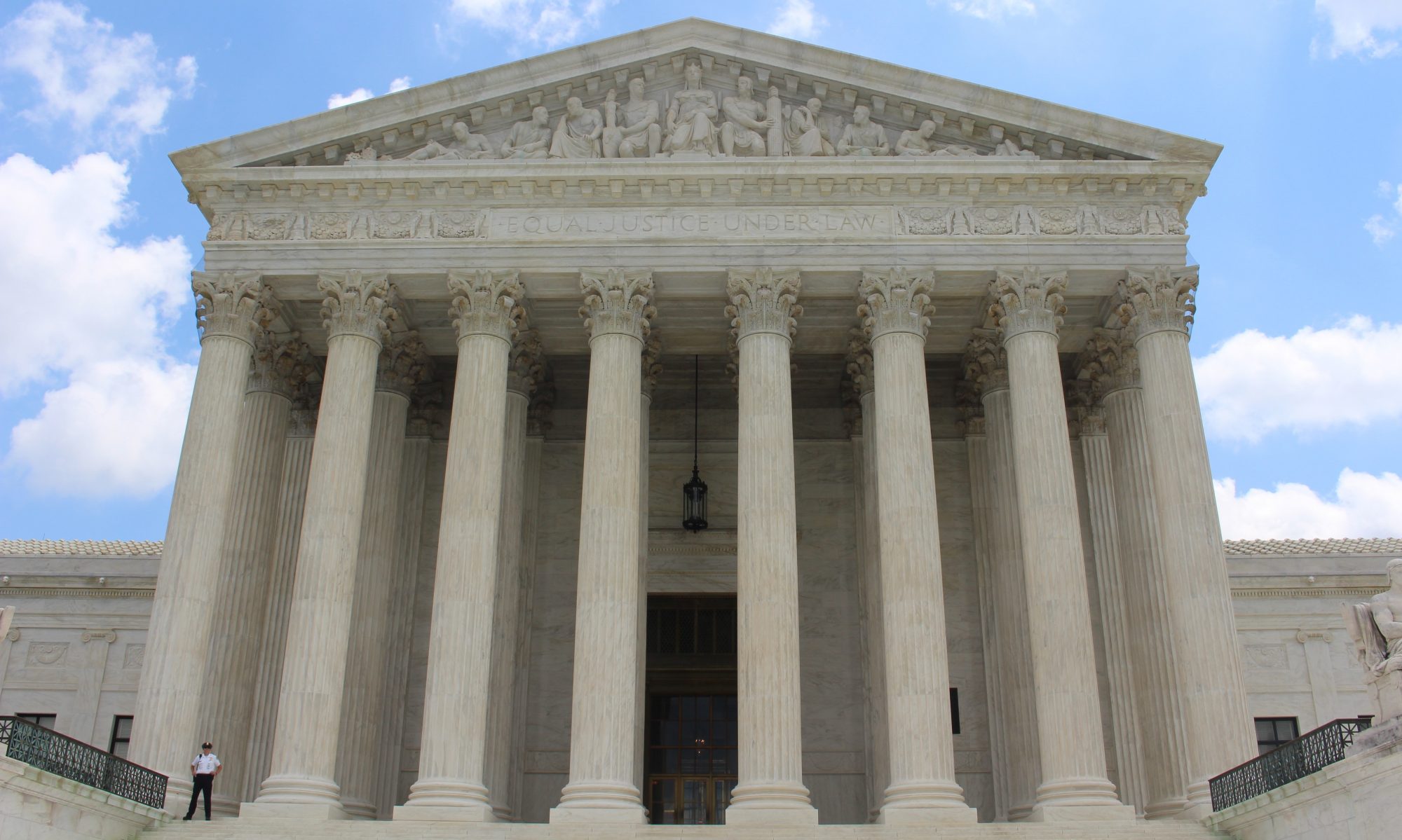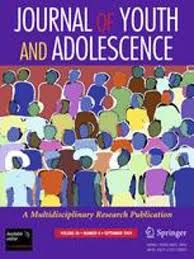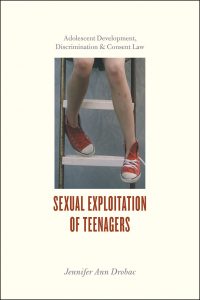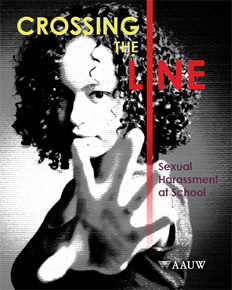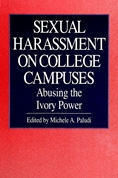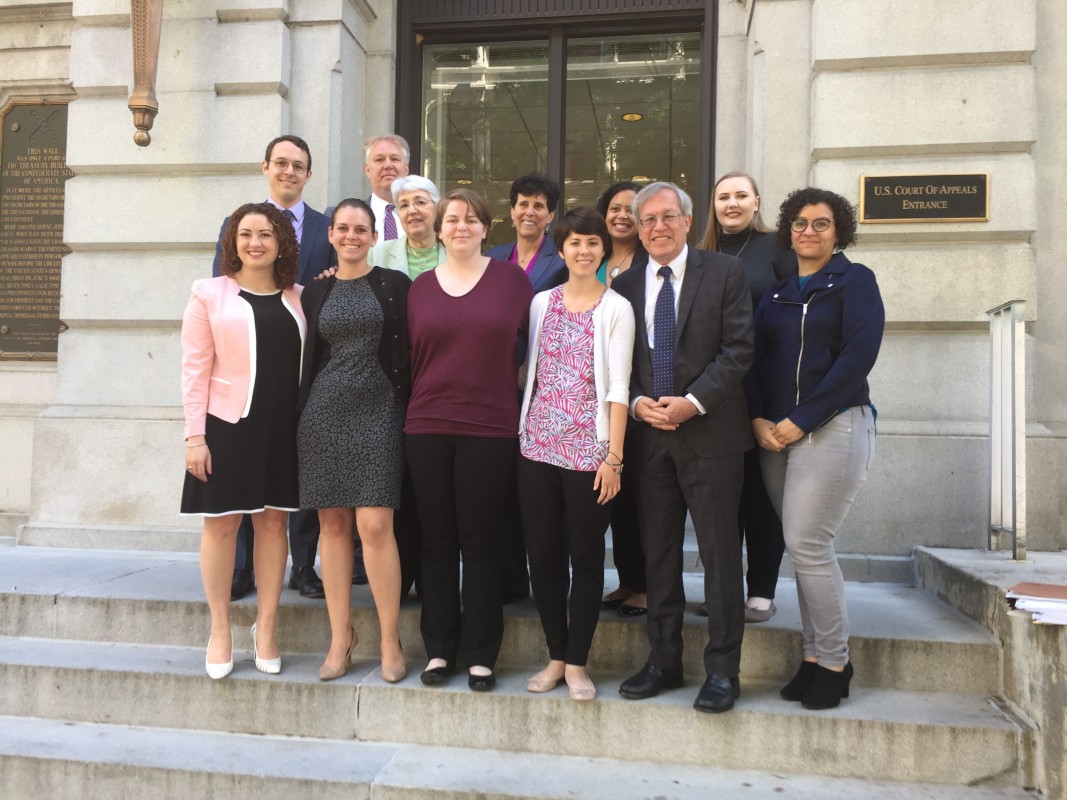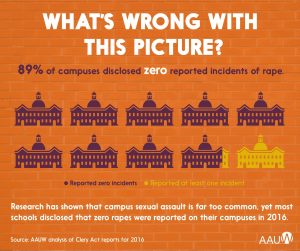
“Students should be able to go to school free from experiencing sexual harassment or violence. That’s the promise made over 45 years ago by Title IX of the Education Amendments of 1972, which prohibited sex discrimination in any educational institution or program receiving federal funding.
Unfortunately, despite Title IX’s best efforts, and the additional protections afforded to students by the federal Clery Act and other state and local laws, sexual harassment and violence still interfere with the education of too many students. Even more alarming is that many schools make it difficult for students to come forward and that schools fail to properly report incidents of sexual harassment and violence when they occur. As a result, many students remain negatively impacted by unlawful sex discrimination in schools.”
